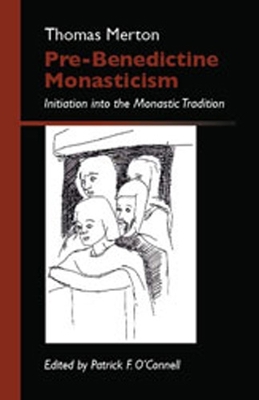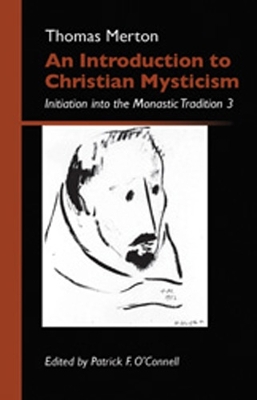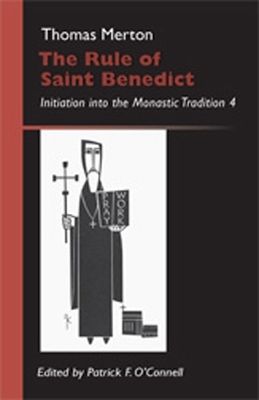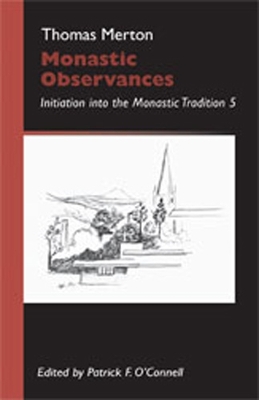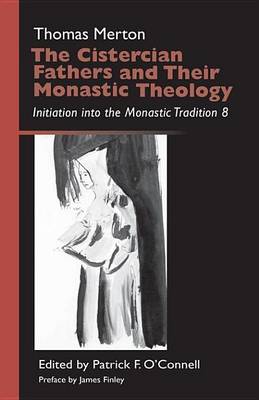Monastic Wisdom
6 primary works
Book 9
Charged with training young monks at Gethsemani Abbey, Thomas Merton combined his literary genius and his love of the monastic tradition to produce Monastic Orientation Notes as the bases of his classes. In this volume, he treats the many and varied forms of monastic life which preceded, and helped to form, the Rule of Saint Benedict.
Book 13
Book 19
In his novitiate conferences on the Rule of Saint Benedict, Thomas Merton introduces young men embarking on monastic life to the guiding document of that life. He emphasizes the importance of considering the Rule from a perspective that is neither narrowly legalistic nor overly intellectualized, but marked rather by commitment to the goal of Benedictine monasticism, which is not just to obey the Rule but to love and serve God. The Benedictine life, according to Merton, is simply living the Gospel without fanfare. . . . The mainspring of everything in St. Benedict is the love of Christ 'in Himself, in the poor, in the monastic community, in the individual brethren. . . . This is the key to the monastic life and spirit." Merton gives particular attention to the prologue, in which he finds "the theological foundation of the whole spiritual doctrine of St. Benedict"; key chapters on the abbot and the monastic community, including consideration of monastic work, spiritual reading, and poverty; and especially chapter 7, on the degrees of humility, which he considers the heart of the entire Rule. In these conferences, Merton presents a spiritual commentary on the Rule that provides insight both on his role as a director of prospective young monks and on the foundation of his own commitment to monastic and contemplative life.
Book 25
In this set of novitiate conferences from the late 1950s, Thomas Merton provides a vivid and detailed introduction to the traditional pattern and practices of the monastic day during the period immediately preceding the momentous changes that would be introduced in the wake of the Second Vatican Council. Combining practical instruction with spiritual and theological reflection, this fifth volume of Merton's teaching notes brings the reader into the choir and chapter room, scriptorium and cloisters of the Abbey of Gethsemani, and provides insight into the ecclesial, contemplative, paschal, and Trinitarian dimensions of Cistercian life.
Patrick F. O'Connell is professor in the departments of English and theology at Gannon University, Erie, Pennsylvania. A founding member and former president of the International Thomas Merton Society, he edits The Merton Seasonaland is coauthor (with William H. Shannon and Christine M. Bochen) of The Thomas Merton Encyclopedia. He has edited four previous volumes of Thomas Merton's monastic conferences for the Monastic Wisdom series: Cassian and the Fathers; Pre-Benedictine Monasticism; An Introduction to Christian Mysticism; and The Rule of Saint Benedict.
Book 30
As novice master of the Cistercian Abbey of Our Lady of Gethsemani in Kentucky, Thomas Merton presented weekly conferences to familiarize his charges with the meaning and purpose of the vows they aspired to undertake. In this setting, he offered a thorough exposition of the theological, canonical, and above all spiritual dimensions of the vows.
Merton set the vows firmly in the context of the anthropological, moral, soteriological, and ecclesial dimensions of human, Christian, and monastic life. He addressed such classical themes of Christian morality as the nature of the human person and his acts; the importance of justice in relation to the Passion of Christ, to friendship and to love; and self-surrender as the key to grace, prayer and the vowed life. Merton's words on these topics clearly spring from a committed heart and often flow with the soaring intensity of style that we have come to expect in his more enthusiastic prose.
The texts of these conferences represent the longest and most systematically organized of any of numerous series of conferences that Merton presented during the decade of his mastership. They may be the most directly pastoral work Merton ever wrote.
Book 42
